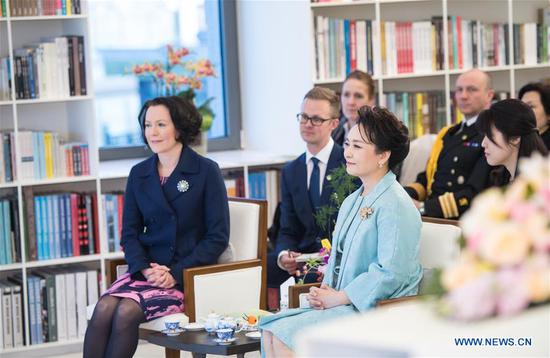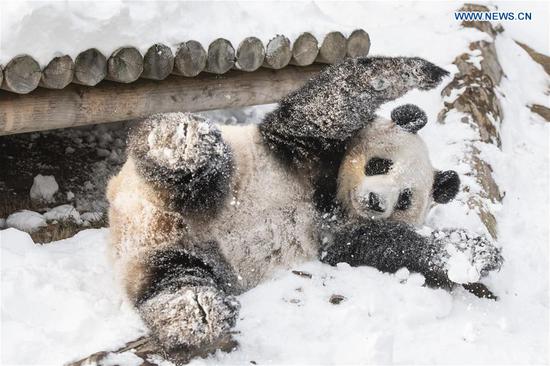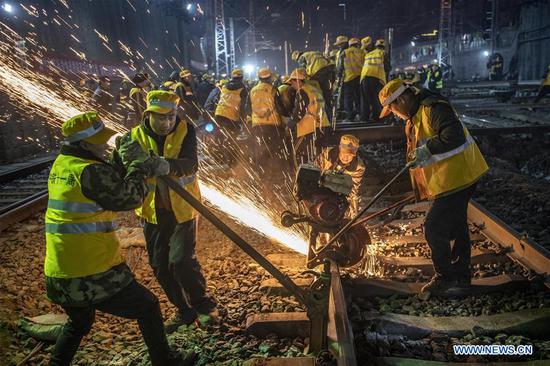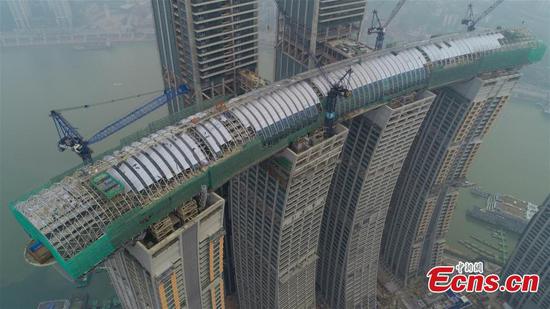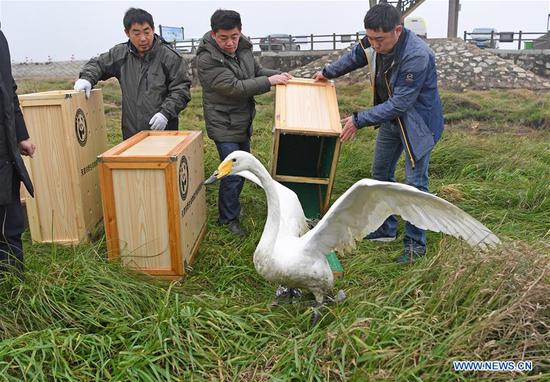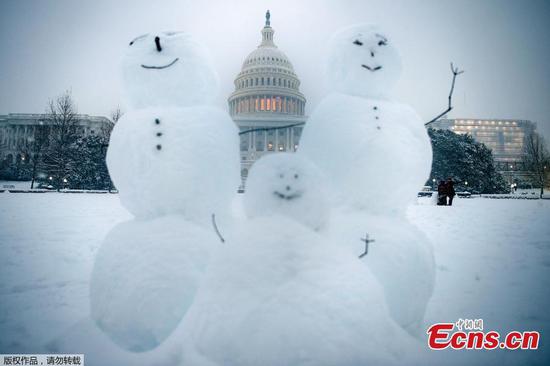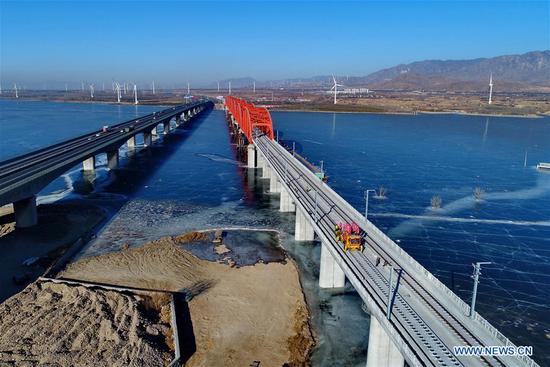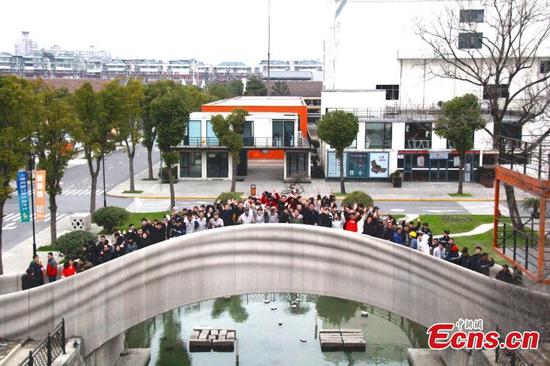
Railway employees make preparations prior to the departure of a CR200J Fuxing high-speed train in Beijing. (Photo by Huang Liang/For China Daily)
Several Chinese provinces and municipalities have released economic forecasts for last year's growth, and some of them downgraded their economic prospects for this year amid the expected global downturn.
But economists said as the country makes its monetary and fiscal policy more accommodative, growth in the world's second-largest economy could stop slipping and start to pick up in the second half of this year.
Gross domestic product in East China's Jiangsu province is predicted to climb 6.7 percent to 9.2 trillion yuan ($1.36 trillion) last year, Wu Zhenglong, governor of Jiangsu province, said while delivering the annual provincial government work report.
If it were, Jiangsu's economic scale would exceed that of Australia in 2017, the world's 13th-largest economy.
The GDP of southwestern China's Sichuan province is expected to exceed 4 trillion yuan at a growth rate of 8 percent, said Yin Li, governor of Sichuan, in the annual local government work report.
Beijing forecast its economic scale would exceed 3 trillion yuan last year, at an estimated 6.6-percent growth rate, according to Beijing Municipal Commission of Development and Reform.
The capital city, however, set a lower economic growth target range of 6 to 6.5 percent in 2019, according to the commission. That is compared with last year's target of about 6.5 percent.
Tianjin set its GDP growth target at 4.5 percent in 2019, down from last year's target of 5 percent.
These areas cut their forecast for economic growth as the global economy is expected to slow down and weigh on domestic growth. The World Bank said in its latest report on the global economic outlook that it expects the world economy to grow by 2.9 percent this year, down from the 3 percent it forecast in June. It cited rising trade tensions, weakening manufacturing activity and growing financial stress in emerging-market countries.
The report estimated that China's economic growth would slow to 6.2 percent this year from 6.5 percent last year as domestic and external rebalancing continues.
Qu Hongbin, chief economist of HSBC in China, said there will be a turning point in the country's monetary policy, somewhere in the coming months, given the increasingly downward pressure.
The central regulators will encourage financial institutions to loosen their credit policies especially for small and medium-sized enterprises as well as privately owned companies, while fiscal policies will become more proactive, Qu said.
"We can see that the central government is more concerned about economic development. In this sense, they will advance the implementation of policies to boost economic growth with greater efforts," he said.
Qu suggested that the government should start with a substantial and larger-scale tax reduction and expense cut to boost domestic consumption, which is a major driver of economic growth. The tax reduction volume could take up 1 percent to 1.5 percent of the country's GDP, as HSBC estimated.
With more support for infrastructure projects and loosened credit policies, China's economy is likely to pick up in the second half of 2019, said Qu.











